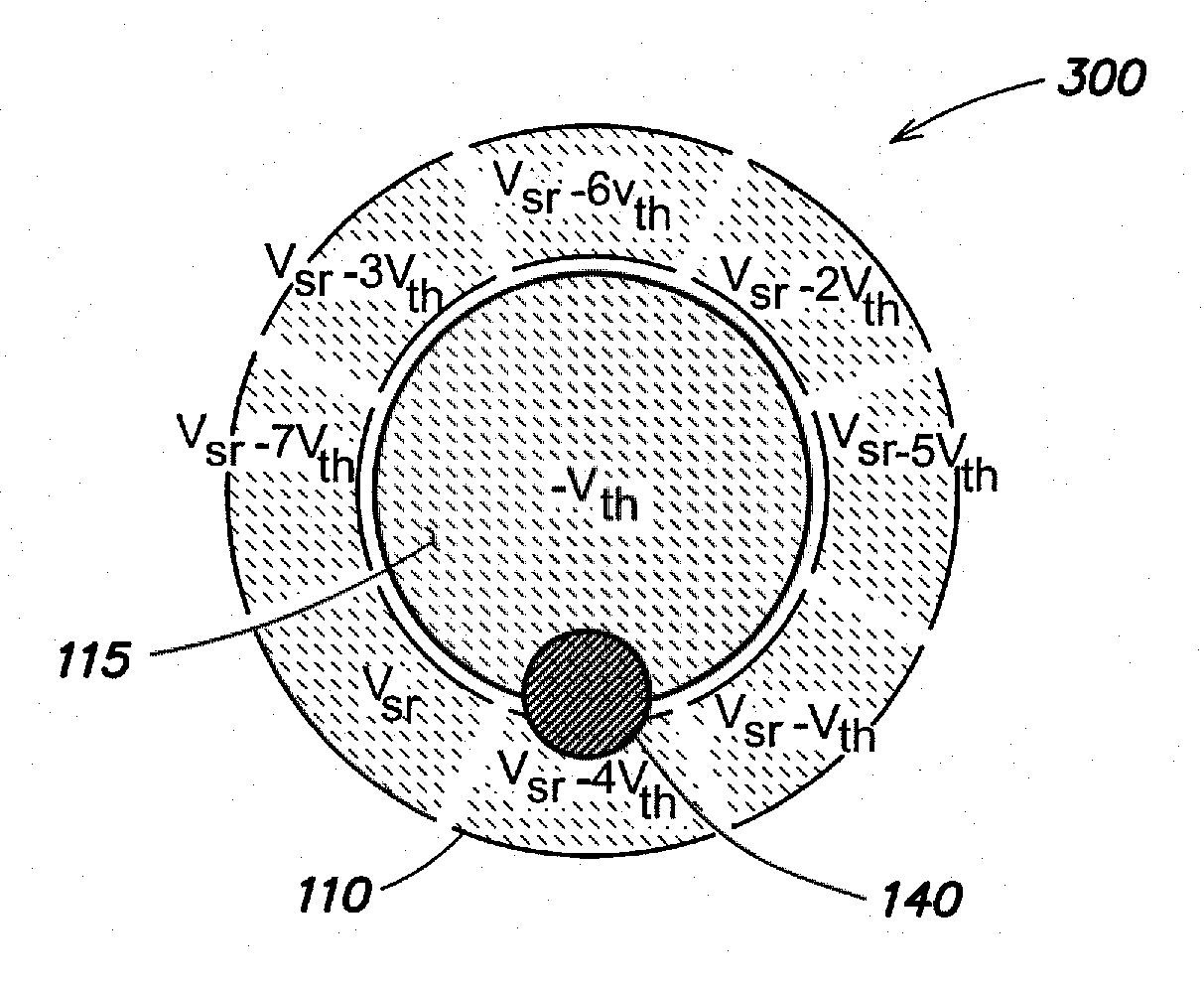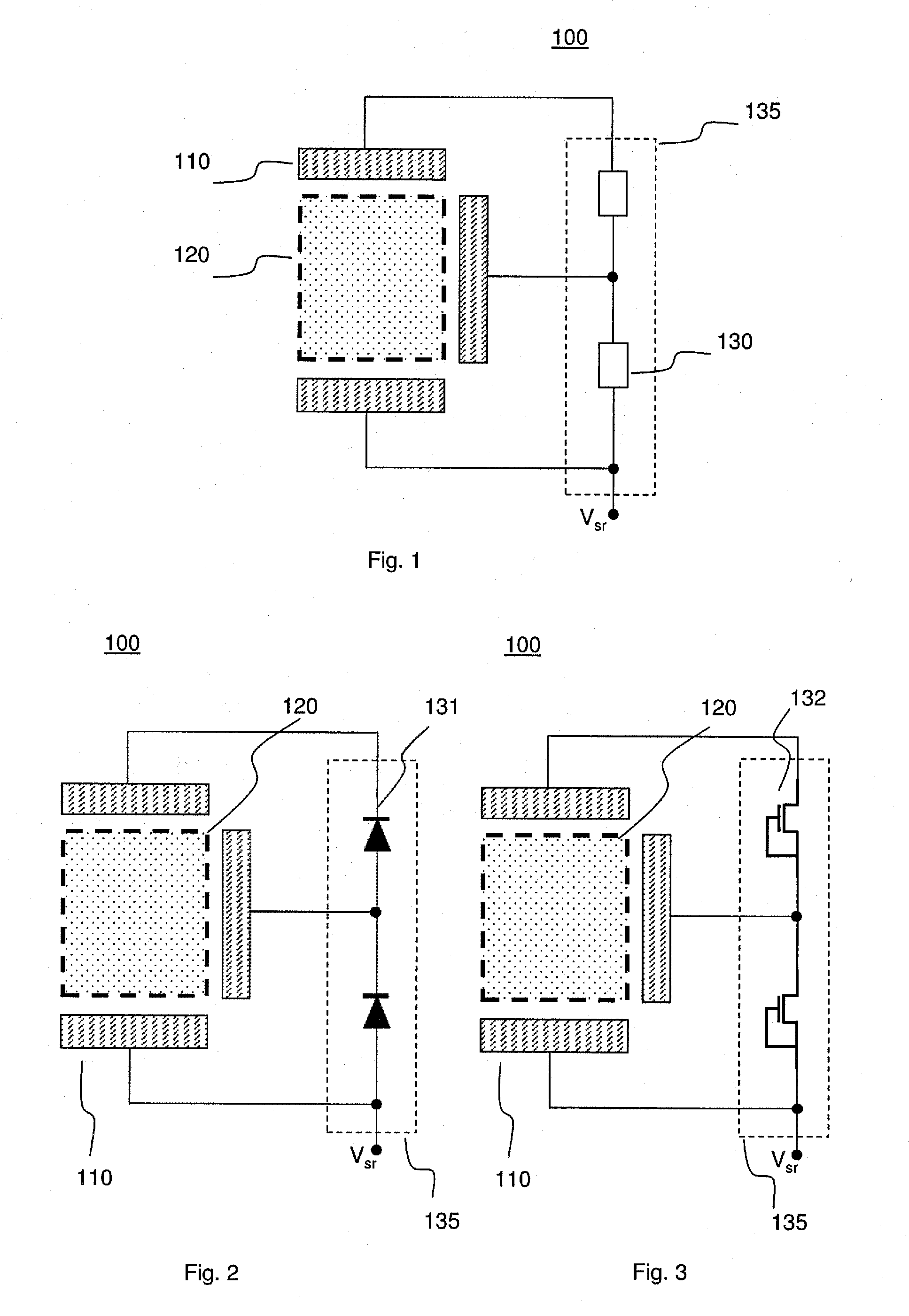Sensing structure of alignment of a probe for testing integrated circuits
a technology for integrated circuits and sensing structures, which is applied in the direction of mechanical vibration separation, biochemistry apparatuses and processes, instruments, etc., can solve the problems of not being able to determine the drift direction of the probe, the possibility of damaging the passivation surrounding the pad, and the height of the probe, so as to reduce the dimension
- Summary
- Abstract
- Description
- Claims
- Application Information
AI Technical Summary
Benefits of technology
Problems solved by technology
Method used
Image
Examples
Embodiment Construction
[0055]In the following description, for explanatory purposes, specific details are set forth in order to provide a thorough understanding of the ideas of the present invention. However, it may be evident that the present invention can be practiced without using these specific details. Furthermore, well know structures and devices are only described in general form in order to facilitate the description thereof.
[0056]One problem is based on the observation that with the progress in photo-lithographic technologies, substrates for integrated circuits, such as wafers including integrated circuits, include an increasingly large number of connecting pads closely arranged next to each other. Correctly aligning a probe with the corresponding connection terminal on the substrate during the testing phase has therefore become crucial in order not to damage the area surrounding the connection terminal itself. Said connection terminal may be, for instance, a pad or a bump (protruding contact bum...
PUM
 Login to View More
Login to View More Abstract
Description
Claims
Application Information
 Login to View More
Login to View More - R&D
- Intellectual Property
- Life Sciences
- Materials
- Tech Scout
- Unparalleled Data Quality
- Higher Quality Content
- 60% Fewer Hallucinations
Browse by: Latest US Patents, China's latest patents, Technical Efficacy Thesaurus, Application Domain, Technology Topic, Popular Technical Reports.
© 2025 PatSnap. All rights reserved.Legal|Privacy policy|Modern Slavery Act Transparency Statement|Sitemap|About US| Contact US: help@patsnap.com



